Elon Musk: Falcon 9's first rung back in May can no longer be launched into space
She suffered too significant damage to the hull due to high launch and atmospheric entry speeds.
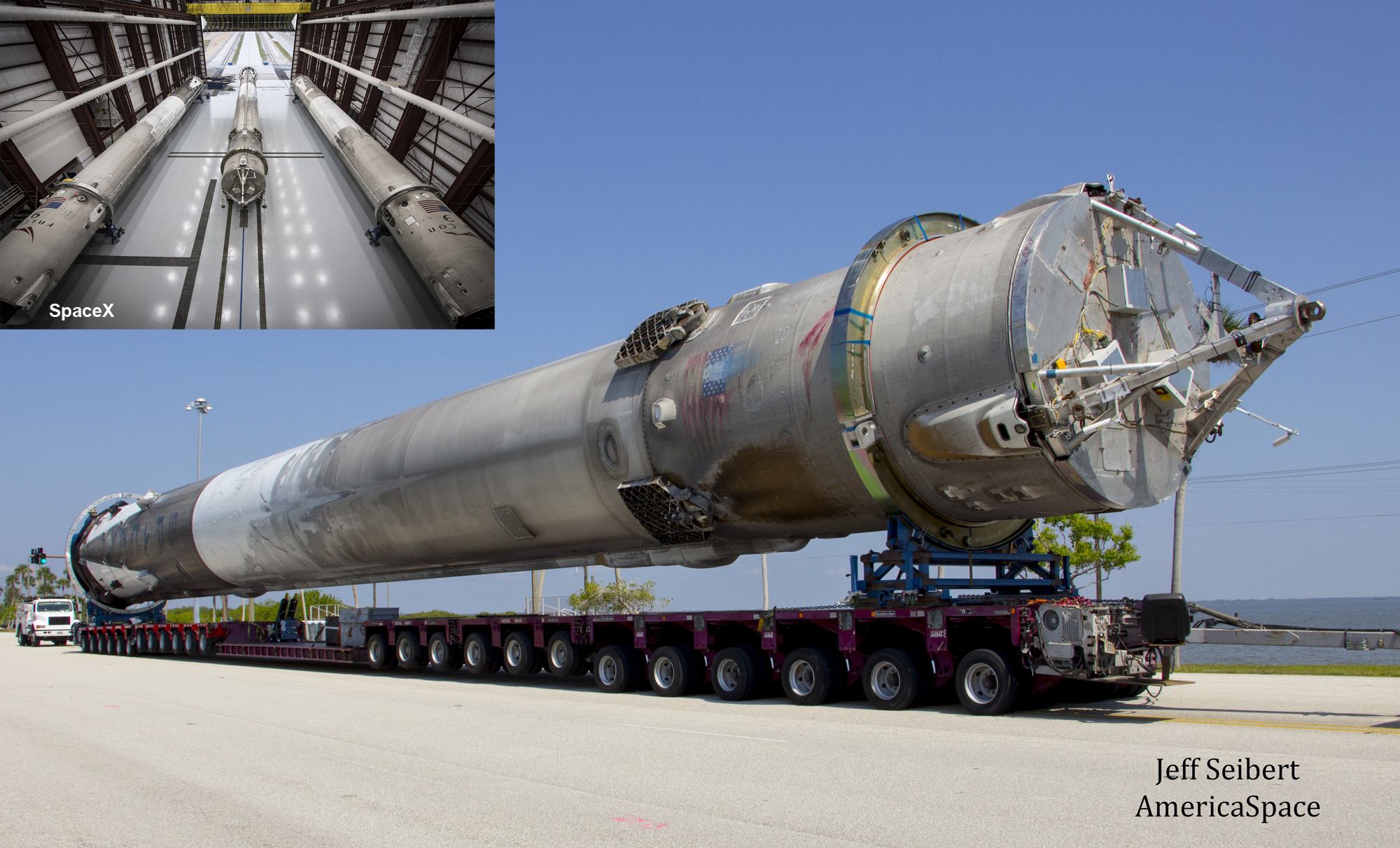
Elon Musk, head of SpaceX, said on Twitter that the first stage of the Falcon 9 carrier rocket, which returned on May 6 , cannot be used to restart. The step suffered too much damage. True, Musk says that it will come in handy for studying the features of rocket take-off and landing. The stage can be used to conduct a comparative diagnosis of other returned missiles.
In general, they did not expect anything good from the current landing, since the rocket was supposed to deliver a JCSAT 14 communications satellite with a mass of 5 tons to the geostationary orbit. Due to the fact that the rocket had to fly higher than in any of the previous launches, there was much less fuel left to land than ever before. But the company's specialists coped with this task, and the return stage sat on the offshore platform without any problems. Unfortunately, she suffered significant damage due to all these overloads, plus the speed of entry into the Earth’s atmosphere was also quite high. In continuation - some photos with well visible damages to the case and a number of elements. Cracks in the first stage casing are clearly visible in the pictures. Engines are not in the best condition.

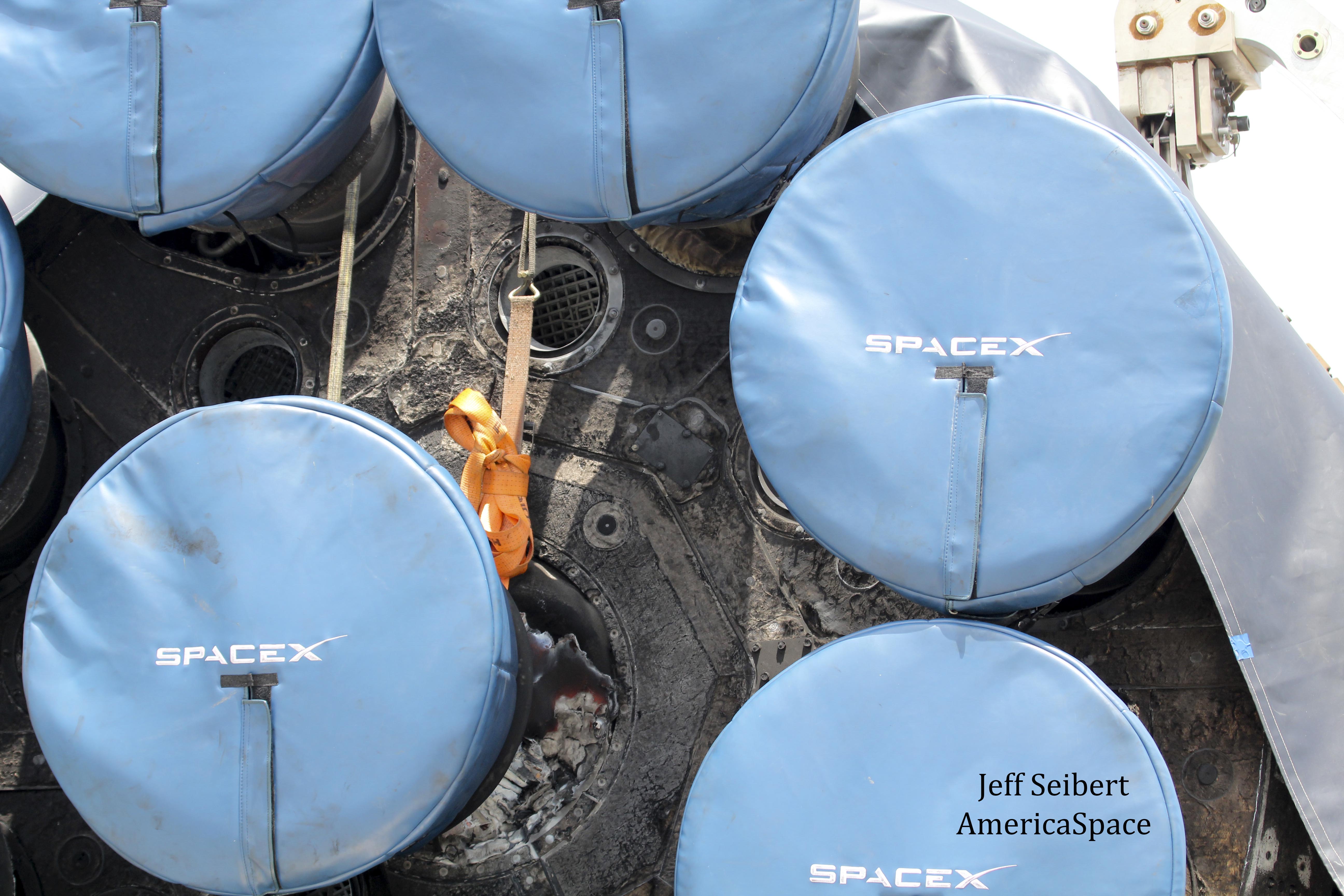
It seems that the central nozzle for assembling nine Merlin 1D engines is generally held in place by cables, although this may just be part of the tying of the cover thrown over the rocket.
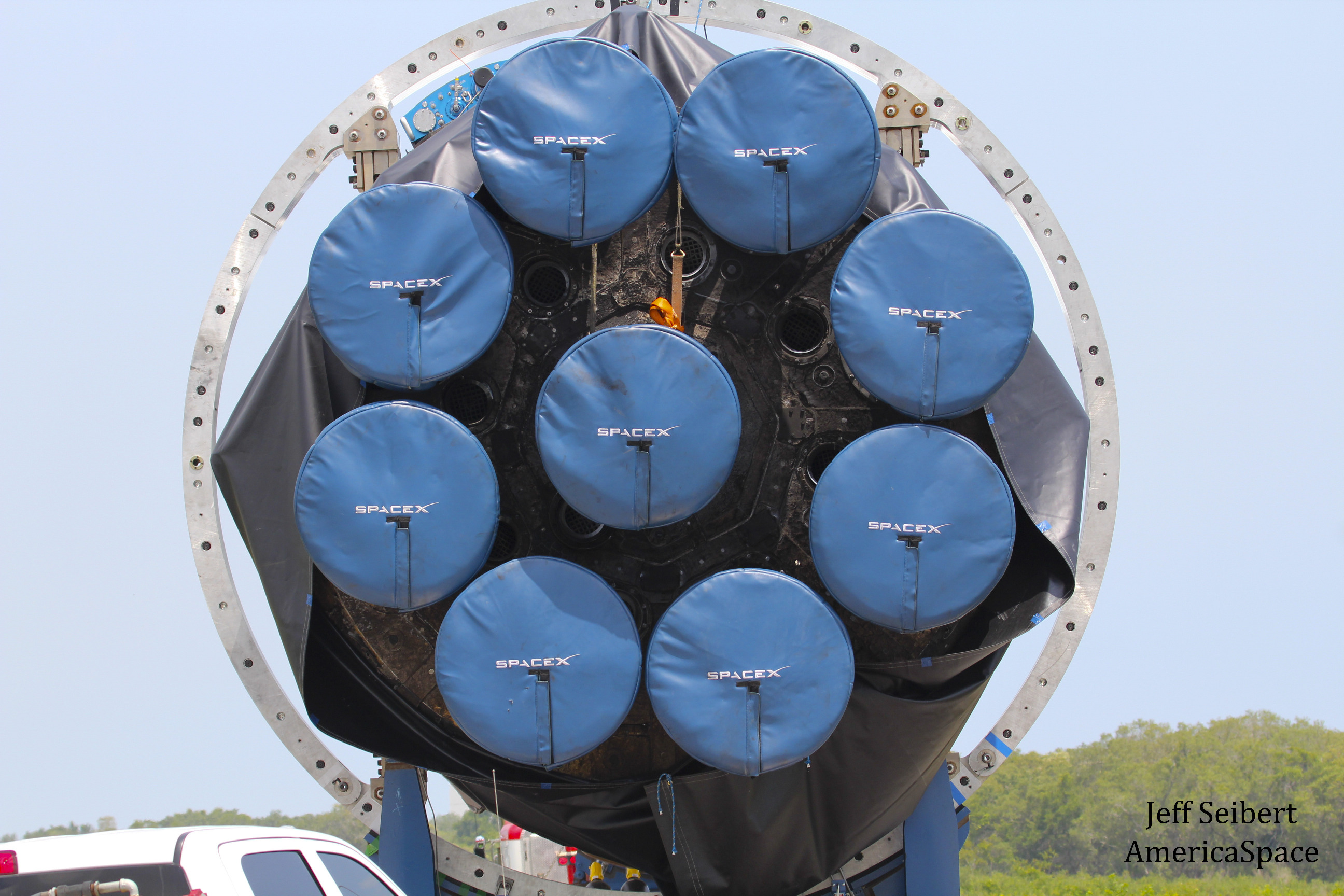
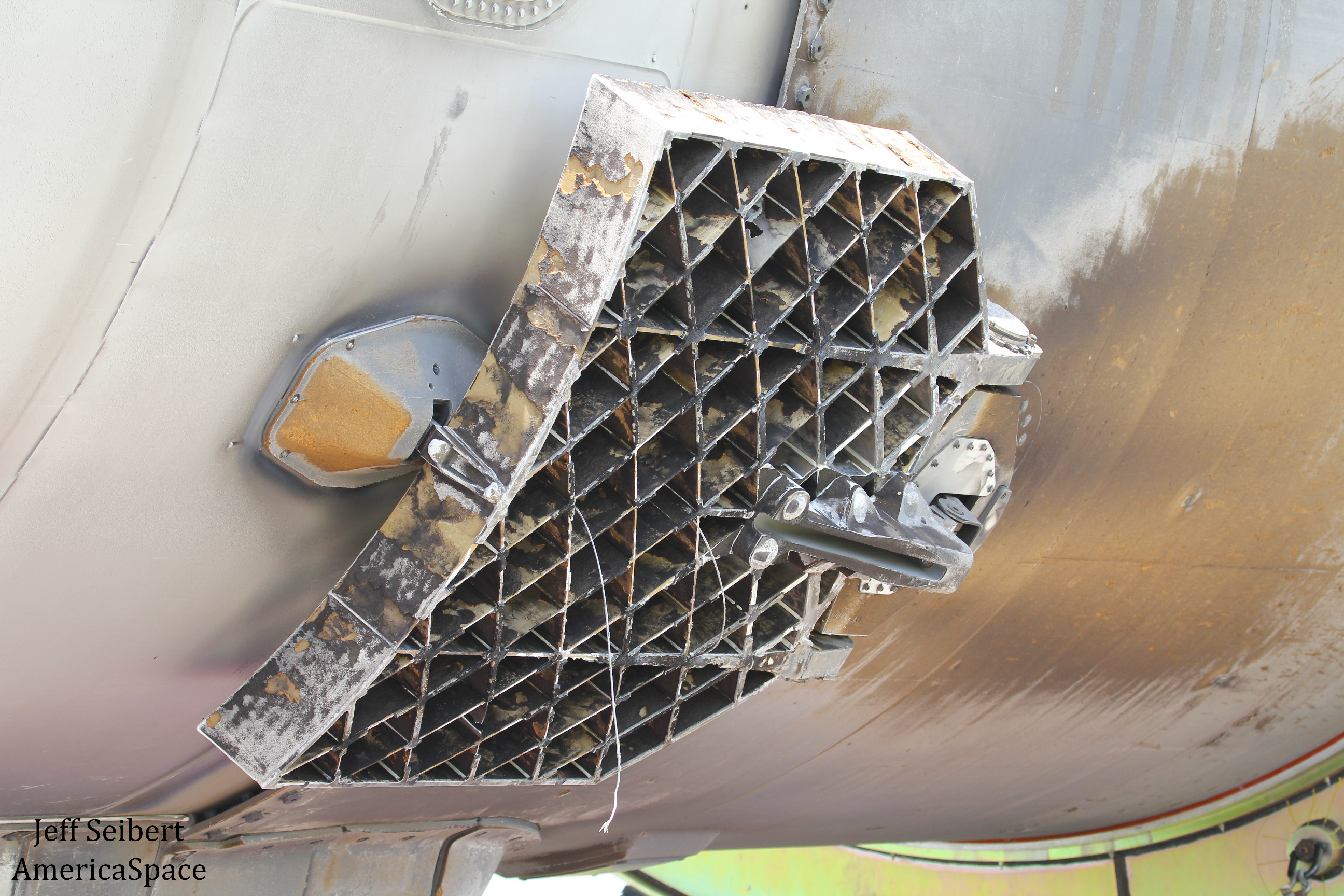
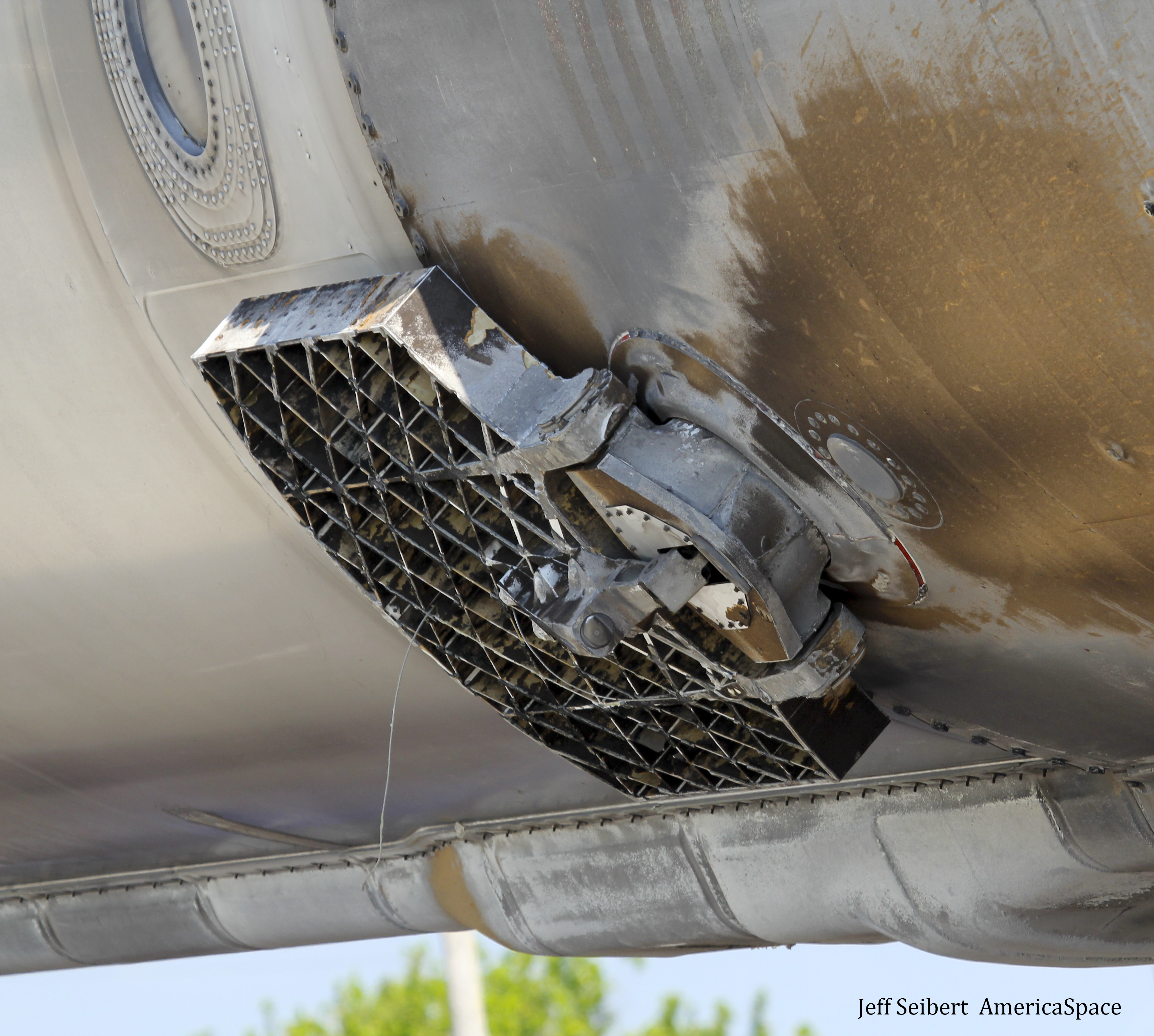

And so the stage was removed from the platform.
The next commercial launch of the Falcon 9 will take place in late May. In the meantime, you can admire the previous launch.

Elon Musk, head of SpaceX, said on Twitter that the first stage of the Falcon 9 carrier rocket, which returned on May 6 , cannot be used to restart. The step suffered too much damage. True, Musk says that it will come in handy for studying the features of rocket take-off and landing. The stage can be used to conduct a comparative diagnosis of other returned missiles.
In general, they did not expect anything good from the current landing, since the rocket was supposed to deliver a JCSAT 14 communications satellite with a mass of 5 tons to the geostationary orbit. Due to the fact that the rocket had to fly higher than in any of the previous launches, there was much less fuel left to land than ever before. But the company's specialists coped with this task, and the return stage sat on the offshore platform without any problems. Unfortunately, she suffered significant damage due to all these overloads, plus the speed of entry into the Earth’s atmosphere was also quite high. In continuation - some photos with well visible damages to the case and a number of elements. Cracks in the first stage casing are clearly visible in the pictures. Engines are not in the best condition.


Most recent rocket took max damage, due to v high entry velocity. Will be our life leader for ground tests to confirm others are good.
- Elon Musk (@elonmusk) May 15, 2016
It seems that the central nozzle for assembling nine Merlin 1D engines is generally held in place by cables, although this may just be part of the tying of the cover thrown over the rocket.




And so the stage was removed from the platform.
The next commercial launch of the Falcon 9 will take place in late May. In the meantime, you can admire the previous launch.
Only registered users can participate in the survey. Please come in.
Do you think SpaceX will ever ever be able to launch a re-returning rocket stage?
- 45% Yes, in July 1317
- 38.8% I don’t know, but I hope so 1136
- 9.2% No, it's too complicated, I thought so right away 271
- 6.8% of Musk is a swindler, and generally did not launch anything into space and did not return from there! 199
